29+ Sample Donation and Fundraiser Trackers
-

Noncash Charitable Donation Tracker
download now -
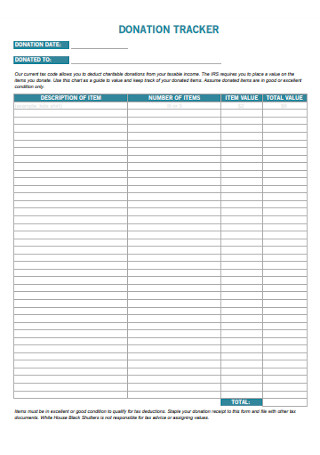
Sample Donation Tracker
download now -
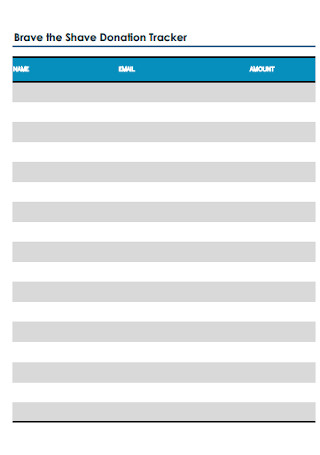
Brave the Shave Donation Tracker
download now -
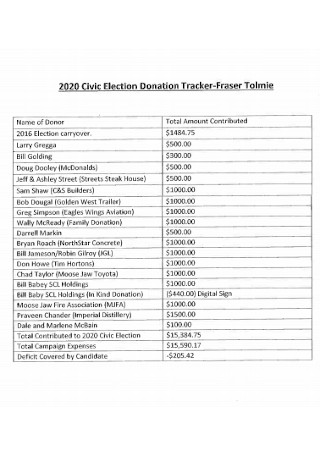
Civic Election Donation Tracker
download now -
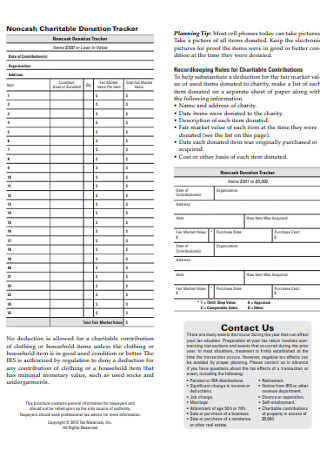
Donation Tracker Format
download now -
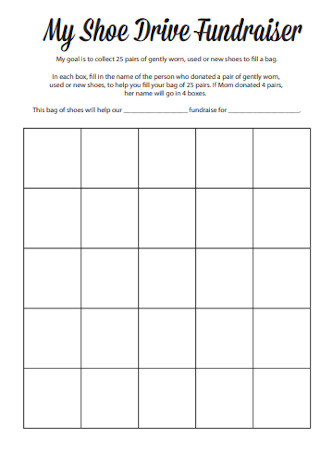
Drive Fundraiser Donation Tracker
download now -
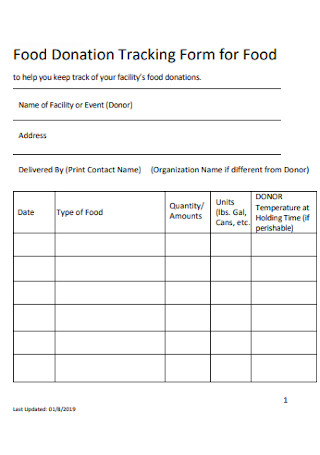
Food Donation Tracking Form
download now -

Donation and Pledge Tracker
download now -
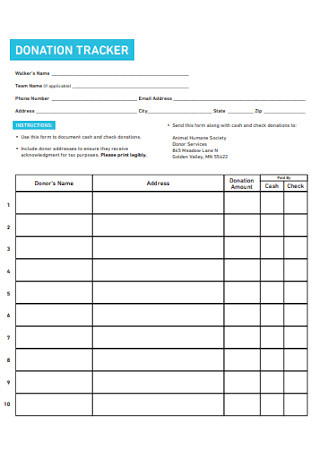
Simple Donation Tracker
download now -
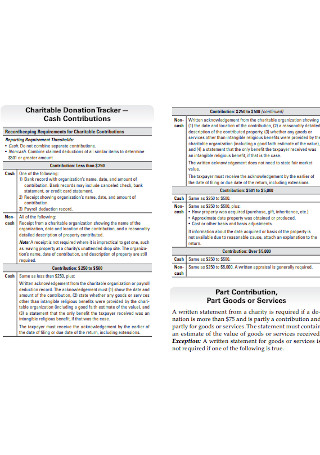
Charitable Donation Tracker
download now -
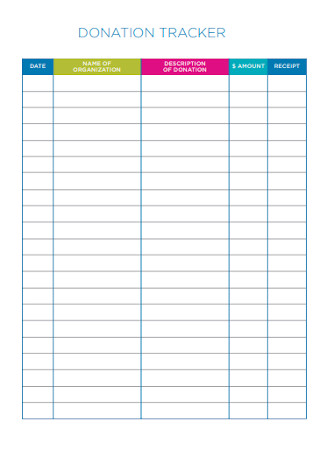
Donation Tracker Receipt
download now -
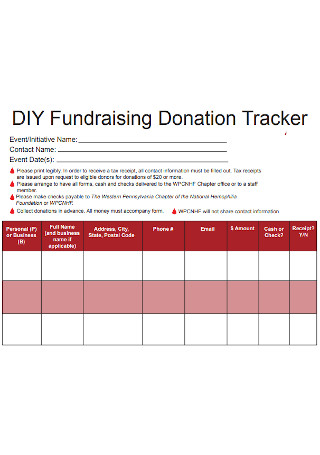
Fundraising Donation Tracker
download now -
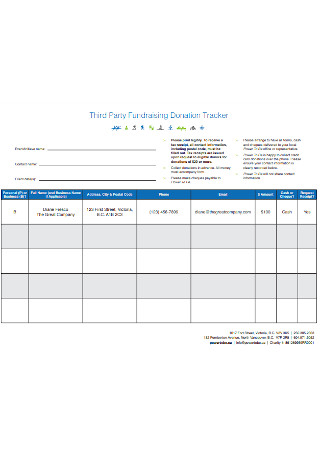
Third Party Fundraising Donation Tracker
download now -
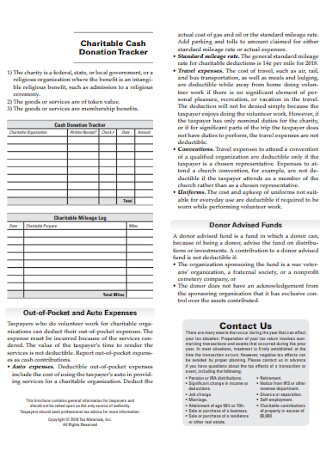
Donation Tracker Donation Tracker
download now -
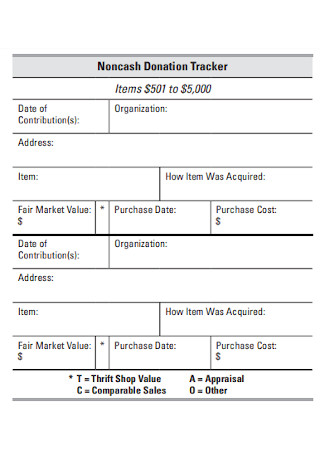
Noncash Donation Tracker
download now -

Basic Donation Tracker
download now -
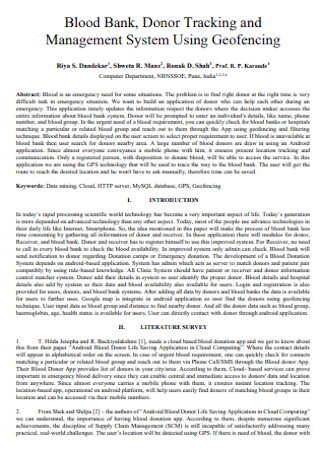
Blood Bank Donation Tracker
download now -
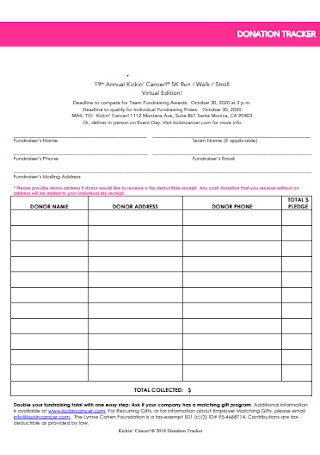
Health Foundation Donation Tracker
download now -
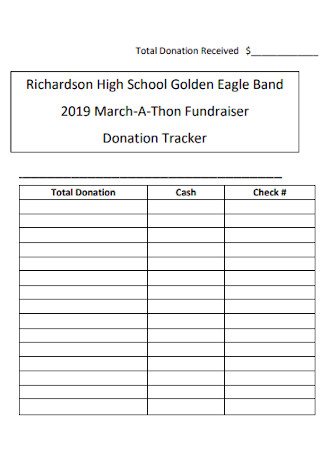
High School Donation Tracker
download now -

Sample Donation Tracker Form
download now -
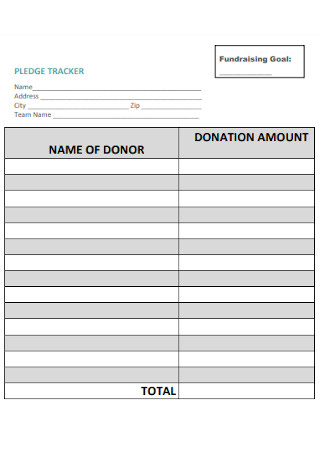
Donation Amount Tracker
download now -

Polar Plunge Donation Tracker
download now -
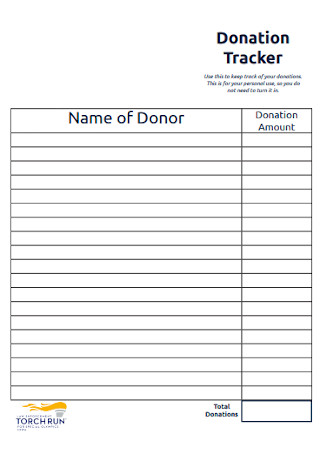
Standard Donation Tracker
download now -
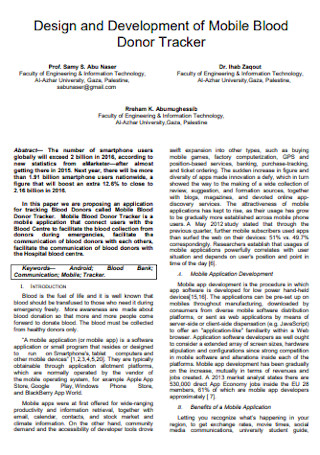
Mobile Blood Donor Tracker
download now -
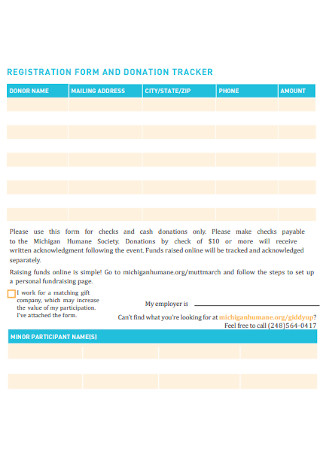
Registration and Donation Tracker Form
download now -
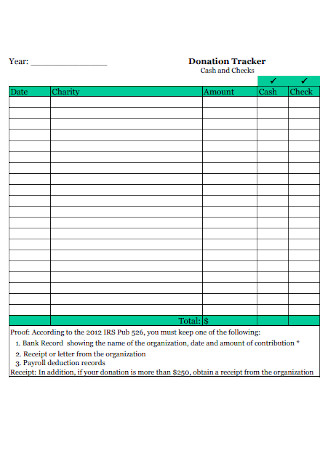
Cash Donation Tracker
download now -

Fundraiser Ticket Tracker
download now -

Fundraiser Tracker Sign Up Sheet
download now -
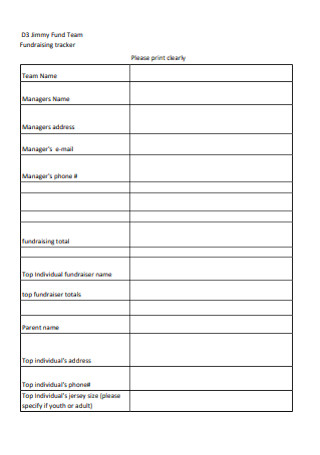
Fund Team Fundraising Tracker
download now -

School Fundraising Tracker
download now
FREE Donation and Fundraiser Tracker s to Download
29+ Sample Donation and Fundraiser Trackers
What Is a Donation and Fundraiser Tracker?
Parts of a Donation and Fundraiser Tracker
Steps In Conducting a Successful Fundraiser
Fundraising event ideas
FAQs
What are the top corporations donating to charities?
What are the difficulties in fundraising?
What are annual funds, and why are they relevant to fundraising?
Fundraising efficiency ratio and its importance
Is it worth it to donate to fundraisers, and how do I know if my money goes to charity?
What Is a Donation and Fundraiser Tracker?
A donation and fundraiser tracker is an integral part of any fundraising or donation event. It goes by many names, donation thermometer, and fundraising thermometer, among many others. The purpose of the tracker is to help organizations track their progress in reaching the fundraising goal. It is a visual guide used to record the goals to raise awareness and keep track of the activities.
According to the information gathered by Giving USA in 2018, a record collection of $410.02 billion of accumulated funds for various causes and institutions in America. More and more people showed interest in helping for a greater purpose.
Parts of a Donation and Fundraiser Tracker
As with any tracker, it is of importance to know the information that we input. It also revolves on significant funds that would aid an organization or movement and would be advisable to be thorough on record. These are the parts of a donation and fundraiser tracker to keep in mind.
Steps In Conducting a Successful Fundraiser
Different organizations hold fundraising events to help various causes. Some organizations are notorious for holding fundraisers and raising money to help people from around the world. To have a successful event, take note of the following steps.
Step 1: Develop SMART Goals
No fundraiser can start without a set of specific, measurable, achievable, relevant, and time-bound goals. The amount of money gained and the cause of the funds are used are clearly stated in the goals. Each goal must have a fundraising plan to ensure that each one is clear and concise.
Step 2: Indicate the Fundraising Plan
It is vital to produce a well-written plan with specific details. The team needs to indicate in the proposal the generation of how much, from who, and how. Financial accounting is also taken into account to know what the monetary goal is for the fundraiser.
Step 3: Estimate the Costs of the Program
Include all costs associated with the program; fliers, ads, special events, staff, and materials. Knowing the expenses help plan cost-efficient alternatives. Remember that the funds raised must be tailored to the goals you’ve set, not on the costs.
Step 4: Manage an Effective Timeline
Different goals mean different fundraising activities. The events cannot be clustered together in a single day and distributed throughout the year. Having a timeline of events will help keep track of consultation days and team meetings. The timeline does not have to be final. Changes are made throughout the year as needed.
Step 5: Identify Funding Sources
There are different sources of funding, and knowing which one to source from impacts your events. There are government grants, civic groups, religious groups, schools, universities. It is also ideal to know how to retain donors for similar events, for example, giving tokens of appreciation.
Step 6: Evaluate the Yearly Plan
Evaluations lead to improvements. It is beneficial to look into yearly plans and evaluate with your team to know which events work and which do not. Do not be repetitive unless it’s effective. Fresh ideas can be incorporated into the programs to generate funds and achieve goals worked on by the team.
Fundraising event ideas
A fundraiser is not complete without the events prepared to raise financial support. The events serve as the heart and soul of a nonprofit. The main idea of events is to engage your donors and supporters. Here are examples of fundraising events that you can use.
FAQs
What are the top corporations donating to charities?
The most noticeable difference in donating to charities is the amount of money given by small businesses and large corporations. Most corporations see to it that charity is one of the missions they accomplish. A donation of 388 million US dollars is made by Gilead Sciences in 2017, according to an article by Insider in 2018. The said donation sets them to be ranked first in giving the most to charities. The list also includes many large corporations: Wells Fargo & Company, donating 287 million US dollars in cash; Goldman Sachs Group accumulated 280 million US dollars; Google, through Google.org, donated 255 million US dollars; JP Morgan Chase & Company raised 250 million US dollars; 227 million US dollars donated by Johnson & Johnson; Pfizer generously donated 210 million US dollars; Exxon Mobil gave 204 million US dollars in cash; Bank of America donated 181 million US dollars; Microsoft Corporation gave 169 million US dollars. Of the total donations made in the US, big corporations comprise 5%.
What are the difficulties in fundraising?
Despite a large number of donations, some fundraising efforts still struggle to reach their goals. The challenges of fundraising are complex, and different factors contribute to it. Here are some factors that may well contribute to these difficulties.
- Donor expectations: More donors are acting more like shareholders. Demanding more transparency, accountability and generate better results from the organizer when they invest. It is your responsibility to inform and resonate with your donors.
- More competition: Nonprofit organizations compete with each other to get consideration from donors and volunteer work. Most donors also donate to eligible organizations, including grants and government aid. It is essential to work on retaining donors. Emphasize your mission and goal and reach out to donors that align with your cause.
- Cuts on funding: Government funding and grants are some of the most vital funding organizations for a nonprofit. It is why you need to plan budgets accordingly, research the economy and the government’s plans for the year.
- Socialism: Large social issues are the government’s concern, and most people will most likely turn away from donating. It is relevant to remind that individuals create change, and it is their role to help the government.
- Distrust on non-profits: Trust influences inclination to give. A donor who trusts your organization is willing to give large sums of money. However, the problem lies in how to get a donor’s trust. Take the time to know and approach potential donors based on the prospect to give. Ensure the donor that you are delivering what they expect out of you.
- Lack of resources: Skimping is not a good sign as it equates to fewer people willing to volunteer. Fewer people means there isn’t enough skill and volunteers to produce the output the fundraiser is anticipating.
- Lack of philanthropy: If organization members lack belief in achieving set goals, a problem lies in the future. It is important to remind every single member that the organization runs because of the effort put in by people.
What are annual funds, and why are they relevant to fundraising?
An annual fund, by definition, is fundraising held by a nonprofit organization at the same time each year. It has a specific theme and purpose. The money raised during this event covers the costs of everyday activities and operations of the organization. An annual fund is relevant to both the nonprofit and its donors. As a nonprofit organization, it provides unrestricted funds that are used for anything the organization needs. It also increases donor’s support by contributing to annual funds each year and becomes involved and connected. It reinforces the mission of the company as it is the foundation of the event. It also establishes giving patterns of donors, and it helps to know the amount they give. Donor data is updated and identifies upgradeable donors.
Fundraising efficiency ratio and its importance
Key Performance Indicators(KPI) measures the effectiveness of the activities prepared by nonprofits. The calculation is created by dividing the total contributions over the expenses incurred during the fundraising period. The main point to consider is the undefined donations given by donors; this is the basis of the fundraising efficiency ratio. A good efficiency ratio shows that the money raised is higher than the amount spent on the fundraising event. The efficacy ratio indicates the success of a fundraiser. It also gives the nonprofit an idea if the current practices are working for the organization. The nonprofit uses the KPI to monitor the effectiveness of achieving long-term goals. It is an indicator of a nonprofit’s long-term sustainability, addressing potential problems when they arise.
Is it worth it to donate to fundraisers, and how do I know if my money goes to charity?
According to data gathered by mobilecause.com, an average of $538 is raised through charitable events by volunteers. It accounts for individuals who have raised money for charity on their accord. Given the amount raised, individuals show conviction in giving to charities. However, the question remains. Where does the money go after it is donated? Make sure to contribute to a specific project or campaign. Most fundraisers state where their proceeds are going to in each event. If you are still unsure, it is advisable to consult one of the staff members to discuss the best option for you. No matter how small the donation is, keep in mind that you are doing this to help. It’s a matter of wanting to give out of the kindness of your heart.
It gives a sense of happiness whenever you find yourself contributing to a great cause. It’s a habit that you can grow accustomed to, and it gives you a sense of purpose. There are many ways to donate to different charities, no matter how big or small they are. Ultimately, in being charitable, what an individual gives comes from the heart and must not expect anything in return. Oscar Wilde once said, “The smallest act of kindness is worth more than the grandest intention.”. Any act of kindness can go a long way; never be selfish. Check out the donation and fundraiser tracker samples and start giving back now!
